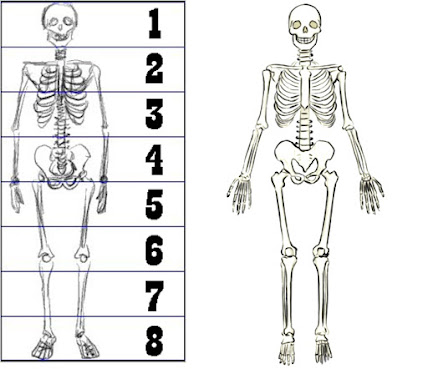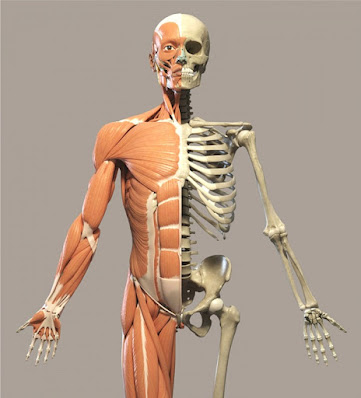4th, 5th and 6th grade focused on the Human skeleton, body proportions, skulls and new approaches to portraiture. Here are some of their art influences for the session.
The human skeleton consists of 206 bones. We are actually born with more bones (about 300), but many fuse together as a child grows up. These bones support your body and allow you to move. Bones contain a lot of calcium (an element found in milk, broccoli, and other foods). Bones manufacture blood cells and store important minerals.
The longest bone in our bodies is the femur (thigh bone). The smallest bone is the stirrup bone inside the ear. Each hand has 26 bones in it. Your nose and ears are not made of bone; they are made of cartilage, a flexible substance that is not as hard as bone.
Joints: Bones are connected to other bones at joints. There are many different types of joints, including: fixed joints (such as in the skull, which consists of many bones), hinged joints (such as in the fingers and toes), and ball-and-socket joints (such as the shoulders and hips).
Published for educational purposes only:


 |
| Jean-Michel Basquiat at work |
















No comments:
Post a Comment